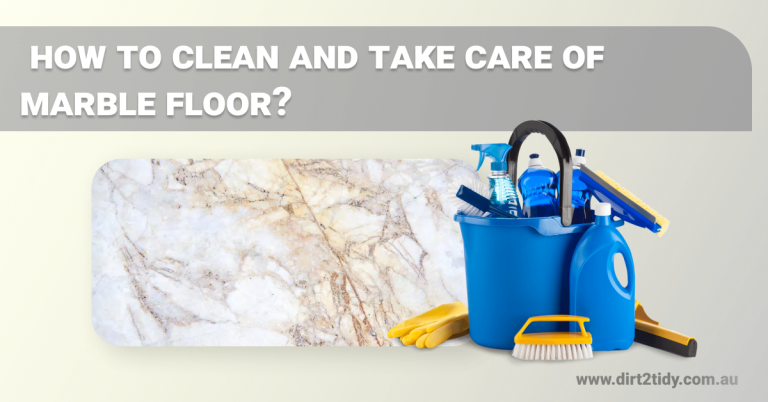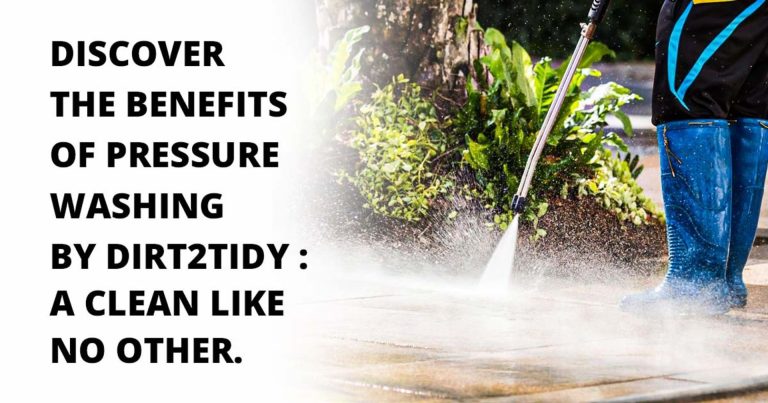Table of Contents
Although renovation projects can be lengthy if they’re more ambitious, remodelling still allows you to breathe new life into your home spaces. When all the many tasks of your reno are complete, it’s tempting to resume daily routines and enjoy the upgrades immediately. But before settling in, it’s crucial to make sure your home is adequately cleaned and cleared of any debris that may have accrued during your renovation. This isn’t just to ensure that your home is clean and comfortable, but also to reduce risks of interior air pollution caused by lingering dust particles, and reduce risks of injuries caused by building materials like bricks or planks that are remaining once all the works have been completed.

Continue reading as we guide you through the process of thoroughly cleaning your home following a large-scale renovation.
You may also like to read about – “What’s cheaper: buying new or renovating?“
Safety First
Of course, the priority here is to make sure your home and its new interior spaces are all safe for occupancy. Start by thoroughly inspecting all the project’s work areas and the halls and walkways leading to and from your parking areas.
Whether you did the work yourself or utilised contractors, you want to assess all zones for potential hazards, such as unstable heavy objects like metal tools or wooden planks and beams, exposed nails, and other sharp objects.
Scrutinise the completed renovations, looking for exposed wiring, broken glass, and open containers of hazardous chemicals. Check that all structures (walls, ceilings, floors, doors) are secure and show no signs of instability that might lead to accidents causing injuries. This is particularly important if your renovation works included knocking down a wall.
Ensure the air quality of renovated rooms is fit for livability. Fumes and dust will often accumulate in cramped areas during the ongoing work. To expel residual odours from paints and adhesives, do a thorough air exchange by opening windows and doors, and use fans to create strong breezes that direct the staleness and airborne debris particles out.
And finally, make sure that you update your home’s building insurance policy if need be. This is to make sure that any new structural additions to your home are accounted for in your home’s building insurance in the event that any damage does occur during the rest of your cleaning process and over the future.
Gather Supplies
You’ll need the essential cleanup tools, such as a broom or two, dustpans, and vacuums with clean HEPA filters to capture the fine dust particles left over from sawing and nailing work. Also handy for post-renovation tidying are a mop, bucket, and your favourite floor cleaner solution, with microfibre towels and plenty of disinfectants for kitchen and bathroom areas where hygiene is paramount.
To protect your health, wear fresh personal protective equipment (PPE), including appropriate gloves, eyewear, and, depending on the renovation’s complexity, a proper respiratory mask to prevent inhaling hazardous particles.
Clearing Construction Waste
If you had significant renovations, chances are there’s considerable debris left over, and some of it may even be hazardous. Begin by sorting the remnants into recyclable, salvageable, and general discard categories.
Use labelled plastic bins or reused sturdy cardboard boxes to organise the different waste types for efficient and responsible rubbish removal. This will make the disposal process easy and more eco-friendly while adhering to local regulations.
Materials such as wood, some plastics, and metal are often recyclable, so inquire with your locale’s authorities about specific disposal programs they may have in place. Additionally, local charities may appreciate you donating reusable items such as old cabinets or fixtures, and surplus raw building materials.
After extensive renovations, hiring a local industrial cleanup service may be beneficial. The service can bring in the equipment and manpower you’ll need for excessive debris removal, thus reducing your workload while ensuring compliance with local trash disposal norms.
Deep Cleaning
Now that you’ve removed the large debris and have plenty of cleaning supplies, it’s time for an extensive, top-down sanitation of your entire home to eliminate the hidden grime left over from construction.
Begin by dusting all surfaces with your microfibre towels–Your walls, ceilings, baseboards, corners, light fixtures, and vents. For heavy crud, use your favourite detergent mixed with water. Be careful not to damage delicate surfaces like painted walls and ornate wooden furniture with delicate upholstery. Use glass cleaner for mirrors and windows to avoid streaks and smudges.
Next, tackle the exposed flooring with cleaning chemicals appropriate for the surface (tile, wood, stone, etc.), leaving enough time for moisture to dissipate.
Utilise open windows and fans to improve air circulation and drying times. Follow up by thoroughly vacuuming all floors (carpeted and bare) and furniture surfaces, and empty the bags into your general trash bins.
Addressing Renovation Areas
The spots that underwent upgrades need intensive cleaning to remove all contaminants from construction.
Address the countertops and cabinetry in kitchens and bathrooms. Perform thorough wipedowns with solutions appropriate for the materials (laminates, granite, wood). And remember to wipe down your appliances too. If they weren’t protected with plastic covers before work began, leftover grime would likely have coated their surfaces.
Clean the inside and outside of your oven, microwave, stovetop, toaster, refrigerator, and dishwasher. Don’t forget your coffee maker, stand mixers, or any other exposed appliances; you don’t want hazardous particles in your latte or your next birthday cake!
Your sinks and fixtures, as well as any frequently touched items such as light switches, doorknobs, and nearby electronic devices like TVs, remotes, and laptops, need scrubbing. This is also the perfect time to vacuum closets and storage nooks where construction grime may have settled.
Final Review
After cleanup, thoroughly assess the construction work you or the contractors completed to ensure the project’s goals and safety guidelines are complete.
Preserve all hardcopy records relating to the project and provide official work start/end dates. Make digital backups of all contracts, purchase receipts, and any construction permits obtained in your locale, along with before and after photos documenting the upgrades or changes to your home.
And once again, be sure to review your building insurance policy and verify that your coverage now reflects the additions and upgrades completed by yourself or third parties. By documenting your renovation project, you’ll be confident that your hard work and incurred expenses are adequately protected.







